The SPAM food product was created in 1937 by Hormel Food Corporation. In fact, it is a block of pink meat processed in a square box. In this state, the meat can last for a very long time. As a result, SPAM has become strongly associated with the United States, poverty and bad taste… but this has not always been the case! SPAM is so ubiquitous that it has become almost invisible, and even if some people may describe it as a boring product, the reality is quite different! Here are some unusual facts to discover about this product that will change the way you look at this food product.
1. SPAM is not mysterious meat at all
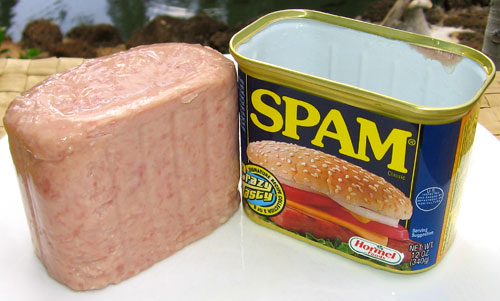
Although it may be tempting to label SPAM as “mysterious meat”, it would actually be a mistake (and perhaps defamation). Hormel is actually very clear about what goes into their most popular meat brick: pork, salt, water, modified potato starch, sugar and sodium nitrite. Potato starch is a relatively recent addition that prevents meat from “sweating” inside the box, and sodium nitrate is what gives the meat its distinctive pink hue. These ingredients are also often found in hot dogs, along with many other things you probably don’t want to hear about before a baseball game.
2. No one knows what “SPAM” actually means

“SPAM” is more than just a catchy name for canned meat. He is also a marketing genius. With the invention of this unique word, Hormel succeeded in transforming a simple dish into a memorable icon of meat. What the hell does that mean? The combination of “spicy” and “ham” is a popular theory, as well as “pork shoulders and ham”. The American G.I. of the Second World War called it the “ham that failed physically”, but the truth is that either no one knows it or someone knows it but does not say it.
3. There are hundreds of official recipes involving the product of Hormel
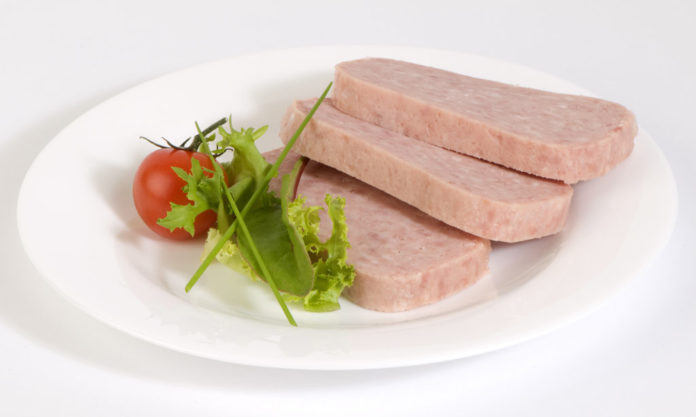
It is easy to label SPAM as cheap and boring, especially considering its light pink appearance. But the reality is that there has never been an easier meal to prepare. And that’s because Hormel really makes it easy for you by providing you with recipes on their website. And not just a few recipes, they have all the recipes. Okay, they have a few hundred, but it’s still more than you can expect.
And although it is better to have fresh meat in your refrigerator, on the inevitable occasions when this does not happen, you will be happy to have SPAM. But it’s not just the content that is versatile, because there are many uses for a heavy square box…like a doorstop, or a paperweight, or a conversation trigger…
4. Hormel used to make a song and dance about it
In 1946, Jay Hormel was part of a committee responsible for finding work for returning soldiers. He quickly realized that women had more difficulty finding work than men. That’s why, in order to create jobs for women and help the family business, he created a music marketing company called the Hormel Girls.
Dressed in light green uniforms, and driving themselves across the country in a fleet of identical Hormel brand white Chevys, the Hormel Girls presented and promoted SPAM and other Hormel products to the public in theatres and supermarkets across the country. At its peak, the company employed about 60 women – they even had a successful radio show on three networks, making it a live infomercial, which is a bit ironic since it was the birth of television advertising that ended it around 1953.
SPAM can be rejected by many as a meal of last resort, but how many foods can boast of having not only a jingle but also a real orchestra with a chorus line and dancers? Just SPAM.
5. There are many, many varieties of SPAM

The original SPAM in a box will be 80 years old in 2017, and, like most octogenarians, it has recovered from the family on the way. In fact, the SPAM family now has 15 varieties, including teriyaki SPAM, SPAM Lite, SPAM with cheese and single SPAM. So, no matter what your taste, there is a SPAM for you… unless you are a vegetarian, in which case you will have to wait until the vegetarian SPAM is over…
6. Tens of thousands of SPAM boxes are manufactured every hour

SPAM may go unnoticed these days, but that doesn’t mean anyone eats it. In fact, the lack of attention he receives probably hides his true popularity. According to some sources, 44,000 boxes of SPAM are produced every hour around the world and consumed in more than 40 countries. Since the introduction of SPAM in 1937, Hormel has manufactured more than 8 billion cans of this substance…
7. Hawaii’s annual SPAM Jam festival
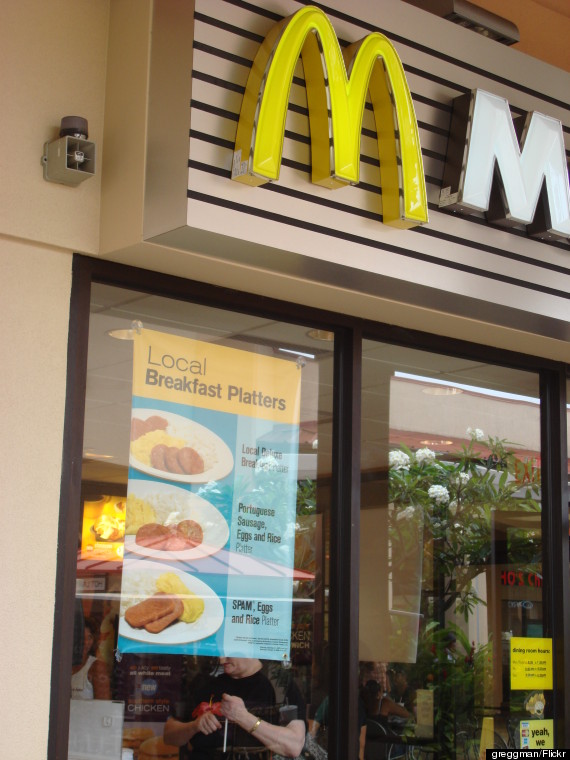
Hawaii is so in love with SPAM that they organize an annual festival in its honour, called the SPAM Jam. Participants can taste a wide variety of SPAM dishes specially prepared by local restaurants, and even donate a tin can to a food bank. And if you are tempted not to consider this festival as a small business, then take note of this: 25,000 people attended in 2015. This is not surprising considering that Hawaii ranks first on the list of SPAM consuming states, with more than 7 million cans opened each year. Even the Hawaiian branches of McDonalds and Burger King include it in their menus, which probably makes SPAM the least mysterious meat in the area.
8. How many SPAMs are consumed each year?
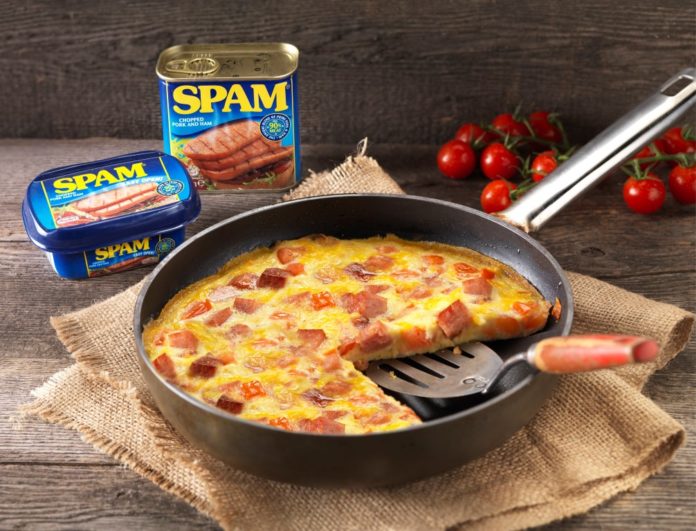
Hawaii may be the country that consumes the most SPAM per capita, but the rest of America is not that far behind. About 60 million people regularly eat SPAM in the United States, and between them, they eat 113 million cans each year.
9. SPAM even has its own museum

For many people, SPAM is just a useful thing to keep handy in case of a rainy (or apocalyptic) day. For some, however, this box of pink ham means much more. What started as a practical and sustainable alternative to fresh meat has become a global cultural icon with legions of fans.
No cultural icon would be complete without a museum to tell the story, and SPAM is no different. The SPAM Museum, located in Austin, Minnesota, offers SPAM enthusiasts a one-stop shop on the history of SPAM, the facts of SPAM, the memories of SPAM, and… SPAM.
10. Some places see it as a treat
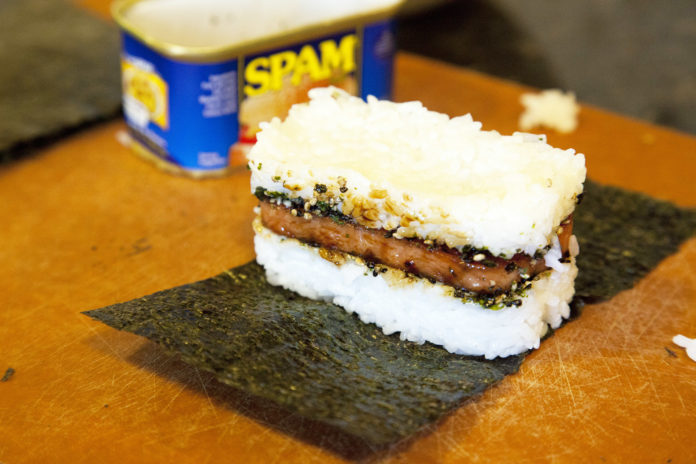
During and after the Second World War, SPAM was an easy way to provide protein and calories to those who needed them, and this included many people in Asia and the South Pacific. But unlike the American soldiers who made no effort to hide their disgust with pink pork, the people of Hawaii, Guam, the Philippines and the islands of Japan loved it so much that they immediately added SPAM to their menu, where it has since remained. And unlike the United States, where SPAM is considered a cheap last-minute option, on the other side of the Pacific, it is considered a treat and even a luxury. But perhaps for a nation that can make raw fish taste good, SPAM is not a challenge at all.


![[Photos] Why WD-40 Is Magic In Your Garden?](https://lifetonik.com/wp-content/uploads/sites/7/2019/08/WD40-Prices-Highres_Page_8_Image_0008-218x150.jpg)





![[Photos] Take A Look Of The Obama’s New Home Before It’s Banned](https://lifetonik.com/wp-content/uploads/sites/7/2019/07/Obama1-218x150.jpg)
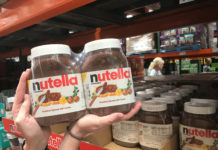
![[Slideshow] Celebrity Homes: 21 Of The Most Luxurious](https://lifetonik.com/wp-content/uploads/sites/7/2019/07/Taylor-Swift-218x150.jpg)
![[Slideshow] More Parents Are Now Gluing Pennies to the Bottom of their Kid’s Shoes](https://lifetonik.com/wp-content/uploads/sites/7/2019/07/Keep-Them-Entertained-218x150.jpeg)
![[Photos] 20 Fashion Mistakes That Too Many Women Make!](https://lifetonik.com/wp-content/uploads/sites/7/2019/07/5-style-mistakes-that-make-you-look-frumpy-featured-218x150.jpg)










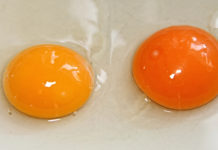








![[Gallery] 25 Discounts For Seniors To Which You Are Entitled Without Knowing It](https://lifetonik.com/wp-content/uploads/sites/7/2019/08/EAZxECUXUAAvNZR-218x150.jpg)
![[Slideshow] Here’s the salary of every governor in the United States](https://lifetonik.com/wp-content/uploads/sites/7/2019/08/Charlie-Baker-218x150.jpg)
![[Photos] No One Will Want To Buy This House After Seeing These Pictures](https://lifetonik.com/wp-content/uploads/sites/7/2019/08/terrible-real-estate-photos-2-5c35e727c9f95__700-218x150.jpg)



